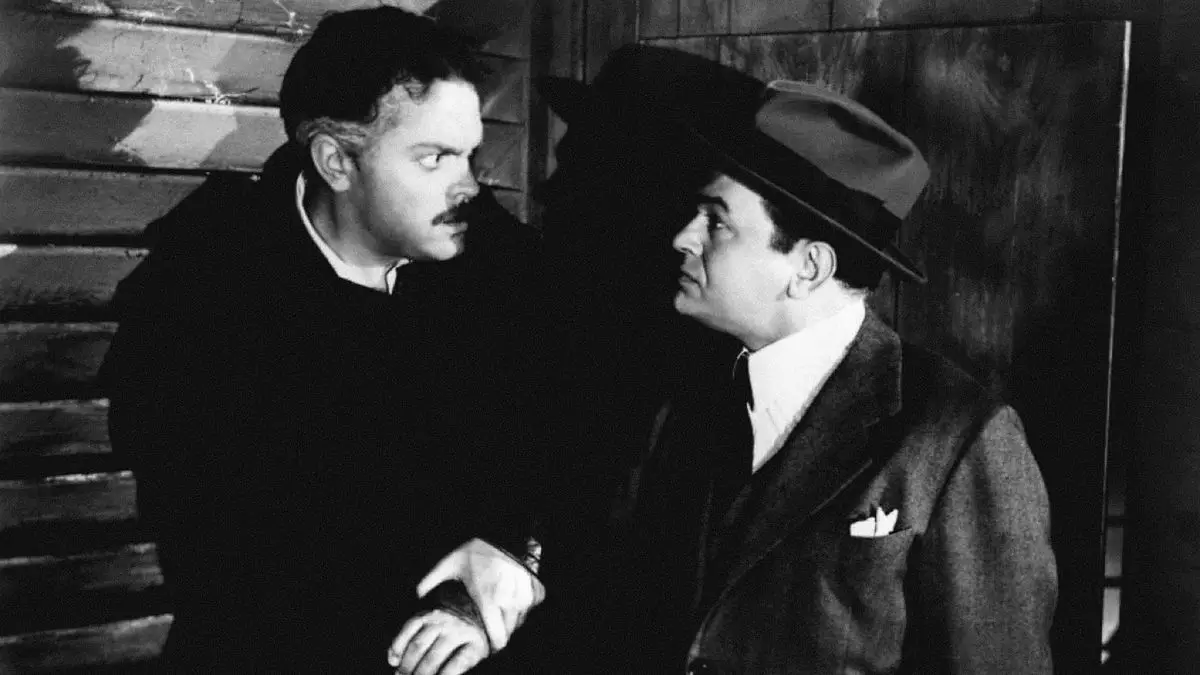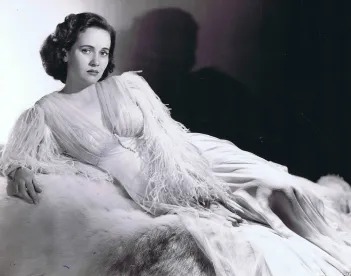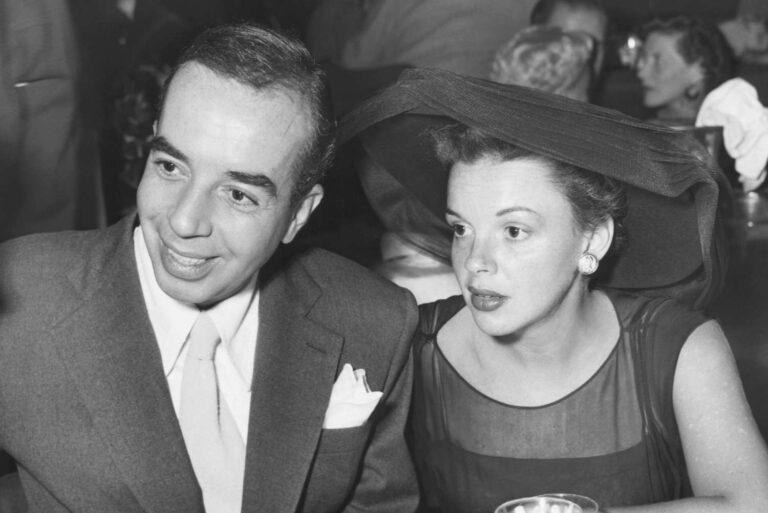Fascinating Facts About Orson Welles and Edward G. Robinson: Icons of Classic Hollywood
Introduction
Orson Welles and Edward G. Robinson are two of the most influential figures in classic Hollywood, each leaving an indelible mark on cinema with their unique talents and unforgettable performances. While Welles was a revolutionary filmmaker and actor known for his groundbreaking work in film and radio, Robinson became iconic for his powerful portrayals of gangsters and complex characters. Let’s dive into some interesting facts about these legendary actors who reshaped the landscape of American cinema.
Orson Welles: The Visionary Filmmaker and Actor
1. The Genius Behind Citizen Kane
Orson Welles is best known for directing, co-writing, and starring in Citizen Kane (1941), often hailed as one of the greatest films ever made. At just 25 years old, Welles was given unprecedented creative control, allowing him to experiment with innovative techniques like deep focus, low-angle shots, and non-linear storytelling. The film’s complex narrative structure and visual style revolutionized filmmaking, influencing countless directors who followed.
2. A Master of Radio: The Infamous War of the Worlds
Before his success in film, Welles was already a household name due to his work in radio. In 1938, his dramatic broadcast of H.G. Wells’ The War of the Worlds caused mass hysteria as listeners believed the fictional alien invasion was real. The incident highlighted Welles’ incredible ability to captivate audiences and showcased his flair for the dramatic, securing his place as a master storyteller.
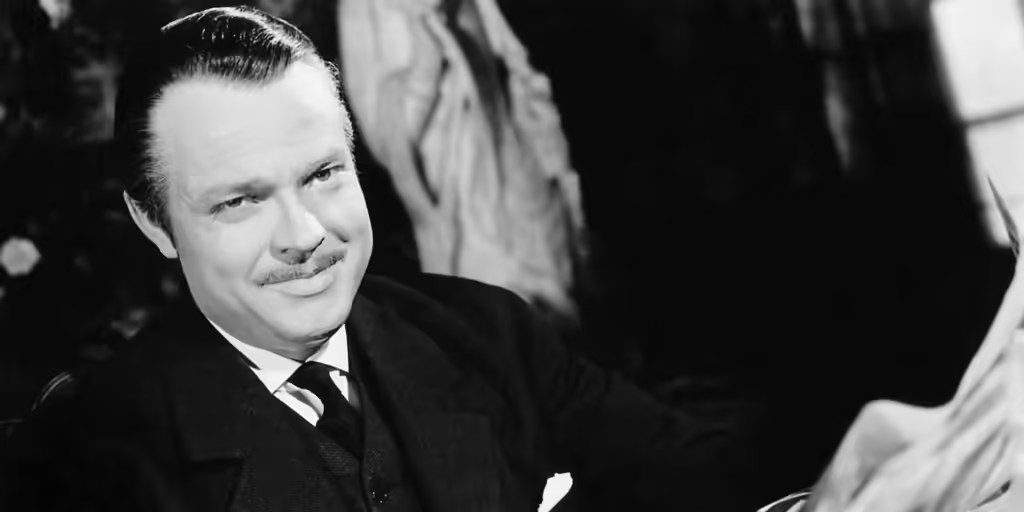
3. A Career of Highs and Lows
Welles’ career was marked by both triumphs and struggles. Despite the success of Citizen Kane, he faced financial difficulties and studio conflicts throughout his life. Many of his projects were plagued by budget cuts and creative differences, leading to unfinished or heavily edited films. However, Welles’ dedication to his craft never wavered, and his later works, such as Touch of Evil (1958) and Chimes at Midnight (1965), are now celebrated as classics.
Edward G. Robinson: The Man Behind the Mobster
1. From Art Collector to Screen Legend
Edward G. Robinson was not only a prolific actor but also an avid art collector. At the height of his career, he amassed an impressive collection of modern art, including works by Van Gogh, Picasso, and Matisse. His love for art reflected his appreciation of creativity in all forms, making him a true Renaissance man of his era. Unfortunately, Robinson had to sell most of his collection during his divorce in the 1950s, but his passion for art remained a defining aspect of his life.
2. Breaking Typecast: From Gangsters to Complex Characters
Robinson is best remembered for his portrayal of tough-talking gangsters, particularly his role as Rico Bandello in Little Caesar (1931), which solidified his image as Hollywood’s quintessential mobster. However, Robinson was much more than a one-dimensional actor. He played a wide range of characters, including sympathetic roles like the investigator in Double Indemnity (1944) and the washed-up insurance salesman in The Stranger (1946), proving his versatility and depth as an actor.
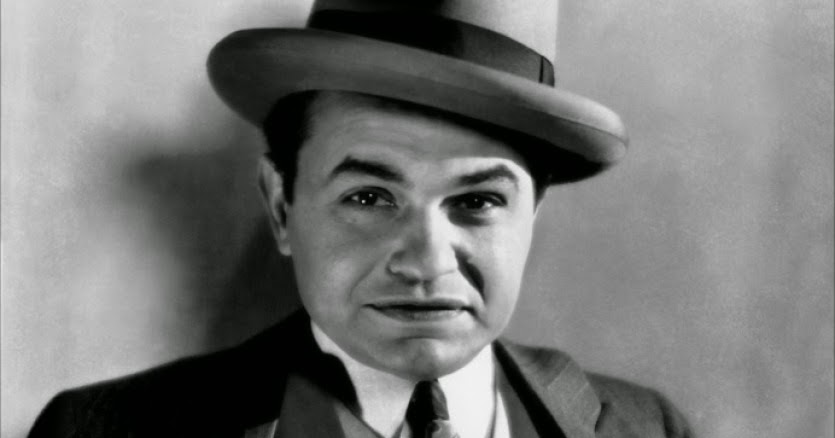
3. A Champion of Social Causes
Robinson was a passionate advocate for social justice and often used his fame to speak out on political issues. During the 1940s, he was heavily involved in the fight against fascism and even testified before the House Un-American Activities Committee (HUAC). Despite being blacklisted during the Red Scare, Robinson continued to stand by his beliefs, demonstrating his integrity and commitment to causes he cared deeply about.
Conclusion
Orson Welles and Edward G. Robinson were two towering figures in classic Hollywood, each contributing significantly to the art of filmmaking and acting. Welles’ innovative vision transformed the way stories were told on screen, while Robinson’s dynamic performances left an indelible mark on American cinema. Their careers, filled with both challenges and triumphs, continue to inspire filmmakers and actors today, solidifying their legacies as true icons of the silver screen.
